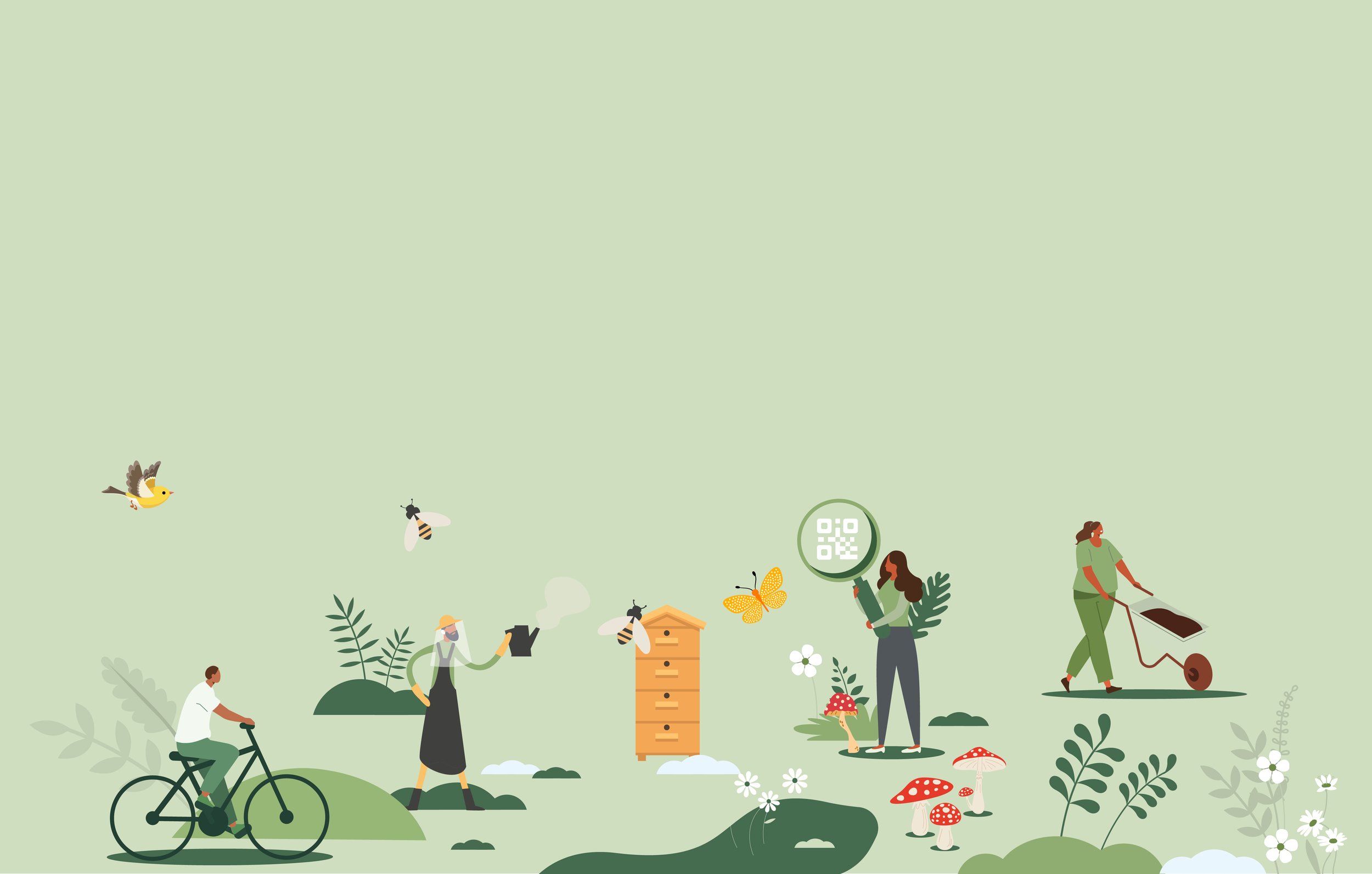
Quorum Park Wildlife Walk
Bringing rewilding home: Take inspiration from Quorum Park
Rewilding might seem like a grand endeavour, suited for large parks and nature reserves, but it’s a concept that can be scaled down to fit any garden or outdoor space.
Here at Quorum Park, our rewilding efforts— notably transforming grassy expanses into vibrant wildflower meadows, creating bug hotels, and fostering natural decay—have provided us with valuable lessons. These lessons can be easily adapted for smaller, personal spaces, allowing you to contribute to biodiversity and ecosystem health right at home.
Start with Wildflowers and Native Plants
One of the simplest ways to begin rewilding at home is by planting wildflowers. Just like at Quorum Park, you can select native wildflower seeds suited to our local climate. Flowers like poppies, cornflowers, and red campion can create a colorful, pollinator-friendly garden. You don’t need a large area; even a small patch or a few pots can make a difference.
A top tip - when bees are collecting pollen, they select the same flower - so planting in drifts and repeating the same flowers supports them better than only a handful of each species.
Let Your Lawn Grow
Instead of maintaining a perfectly manicured lawn, consider allowing parts of it to grow longer. This mimics natural grasslands and provides habitats for insects and small animals. You can designate specific areas of your garden to be left uncut, encouraging a more diverse plant life and offering shelter to wildlife.
Create a Stumpery or Bug Hotel
Incorporating elements that promote natural decay is crucial for a balanced ecosystem. You can easily create a mini stumpery by arranging logs, branches, and dead wood in a corner of your garden. This will attract insects and fungi, which are vital for decomposition and soil health. Additionally, building a bug hotel from natural materials like bamboo, wood, and stones can provide a sanctuary for beneficial insects like bees, ladybirds, and beetles.
Encourage Natural Habitats
Enhance your garden by including features that mimic natural habitats. Piles of rocks or leaves can serve as shelters for small creatures. A small water feature, like a pond or birdbath, can attract amphibians, birds, and other wildlife, creating a more dynamic and interconnected environment.
Reduce Chemical Use
Minimising or eliminating the use of pesticides and herbicides is essential for a rewilding-friendly garden. These chemicals can harm beneficial insects and disrupt natural processes. Instead, opt for organic methods of pest control and let nature find its balance.
Be Patient and Observant
Rewilding is not an overnight process. It requires patience and a willingness to observe and learn from nature. Allow plants to go to seed, watch how different species interact, and make adjustments as needed. Over time, you’ll notice a richer, more vibrant garden teeming with life.
Connecting with Nature
Finally, take the time to enjoy and connect with your rewilded space. Just as we have created walkways through our wildflower meadow at Quorum Park to help tenants connect with nature, you can create a small path or seating area in your garden. This will allow you to immerse yourself in the beauty and tranquility of your natural sanctuary.
Rewilding at home is about working with nature, not against it. By taking inspiration from the practices at Quorum Park, you can create a small-scale, sustainable haven that supports wildlife, enriches biodiversity, and offers a peaceful retreat right in your garden.
Check out these too
Click images to read more
Beetroot & Goats
Cheese Salad Recipe
ESG Strategy
Broad Bean &
Pea Risotto Recipe
Quorum Beehives
Cut Flower Guide
Pumpkin
Soup Recipe
Allotment Map
Decay in Rewilding
Runner Bean
Stir Fry Recipe
Allotment FAQs
Connecting with Nature













